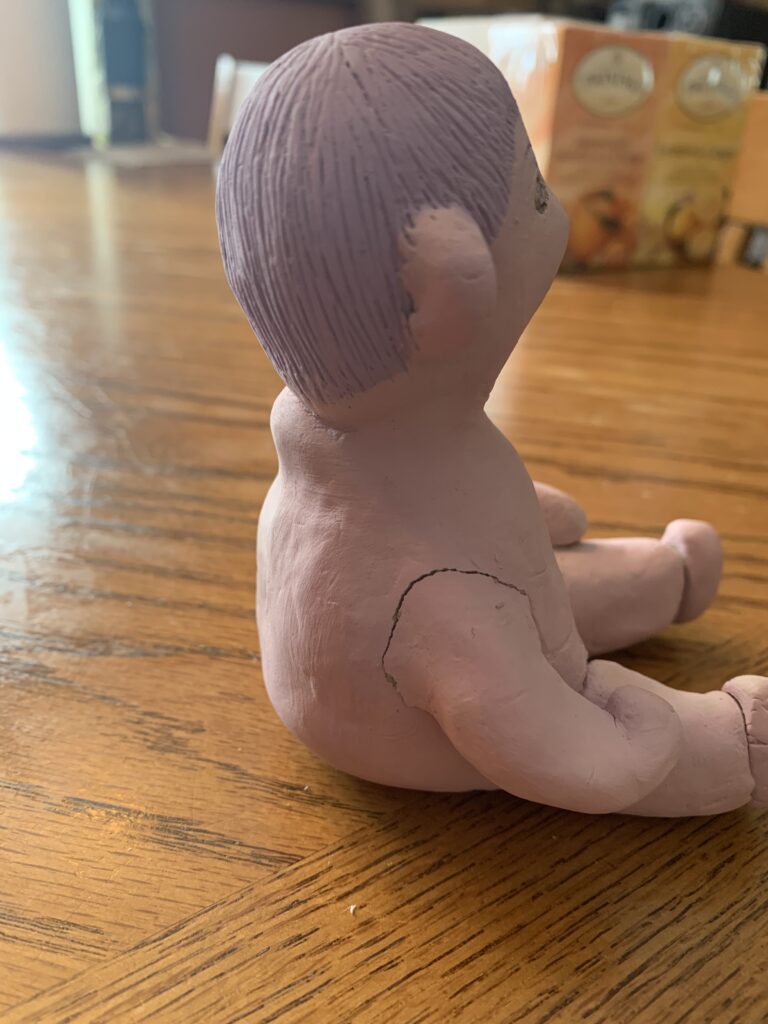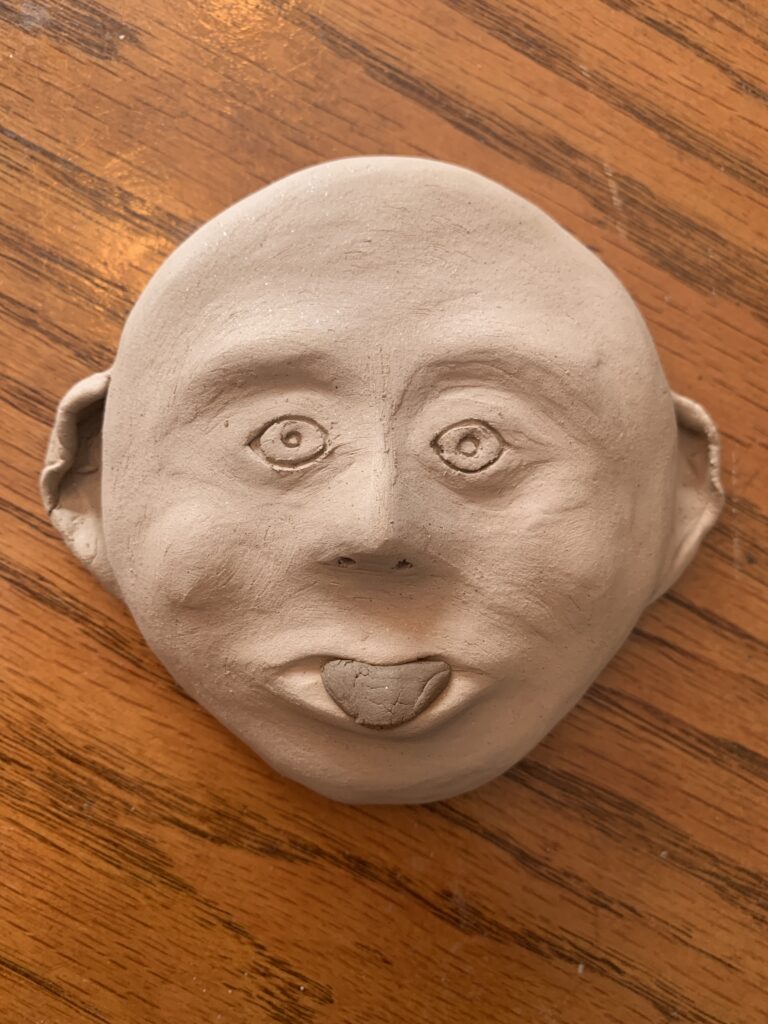



Cassidy Dolan
Human Anatomy & Physiology II F112
Professor Larsen
4/10/2022
Down Syndrome
My Steam project is based on the objective “Explain common disorders during pregnancy and their cause”. The project is specifically on the birth defect/disorder called Down Syndrome. Down syndrome is “one of the most leading causes of intellectual disability. . . patients face various health issues including learning and memory, congenital heart diseases(CHD), Alzheimer’s diseases (AD), leukemia, cancers and Hirschprung disease(HD).” (Ambreen Asim, Down syndrome: an insight of the disease, 2015). The reason Down syndrome occurs is the “presence in the genome of three rather than the normal two chromosomes 21.” (Charles J. Epstein, 1989).
The most common physical traits of Down syndrome are “A flattened face, especially the bridge of the nose. . . Almond-shaped eyes that slant up. . . A short neck. . . Small ears. . . A tongue that tends to stick out of the mouth” (CDC, circa 2014), etc. My project mainly focused on the physical attributes that the disorder down syndrome causes in a baby. The main physical features that are noticeable in my art are the face having small, almond-shaped eyes, the face is more flat, a shorter neck, small ears with over folded helix, and redundant skin at the nape of the neck.
The making of my project was done by using air-drying clay and acrylic paint that I had. I was originally planning on making a fetus and that is why the paints I had were pink and a light lavender color. Making the clay baby was difficult as some of the clay would dry out before I was able to shape it properly. After the baby was made I used some paintbrushes to paint it the light pink color that its skin is. I didn’t have any other colors at the time so the baby ended up having lavender hair and eyes. The clay face was easier to do as I had a larger area to work with and wasn’t planning on coloring it so you could see the physical features a bit better. The clay face is much easier to see the deformities that Down syndrome causes a child to grow up with. The small, almond-shaped eyes, the small, bent ears, flat face, and protruding tongue are much easier to notice. Now you might be asking yourself, “well? What are some of the risk factors that lead to Down syndrome?”
Down syndrome occurs in roughly 6000 babies each year in the United States, which is around 1 in 700 babies born. (CDC, circa 2014) The mother’s age can also increase this risk. Women who are 35 or older are more likely to have their pregnancy be affected by Down syndrome than a mother who is younger. The other large risk factor is if one or both of the parents are “carriers for the genetic translocation for Down syndrome.” (Mayo Clinic, 2018). This can lead to the child having a higher chance of being born with Down syndrome.
With that being said, did you know Down syndrome has more than one type? Down syndrome actually has three different types that it can be. Those are Trisomy 21, Translocation Down syndrome, and Mosaic Down syndrome. Trisomy 21 is the most common Down syndrome with about 95% of people that have Down syndrome having this type. Translocation Down syndrome is the only Down syndrome that is actually inherited from parent to child. The parents are carriers of chromosome 21 which has another portion of chromosome 21 attached to it. This Down syndrome only accounts for around 3% of people affected by Down syndrome. The last type of Down syndrome is Mosaic Down syndrome, which only affects around 2% of people with Down syndrome. This type is characterized by only some cells having an extra copy of chromosome 21. The cells are abnormal because of the abnormal cell division that occurred after fertilization.
With these types of Down syndrome in mind, I am glad I looked into this disorder as I had no idea there were even different types of Down syndrome. Learning about what factors increase a baby’s risk of being born with Down syndrome as well as the physical features associated with Down syndrome was eye-opening for me. A fact I have found interesting was that there are three types of Down syndrome and one of them is inherited. I didn’t know before researching that Down syndrome could be inherited from a parent to a child. I had always known it to be a disorder caused by an extra chromosome. I hope that people are able to learn something from my essay and take away the information about Down syndrome from it.
References:
Asim, Ambreen, et al. “‘Down Syndrome: An Insight of the Disease’ – Journal of Biomedical Science.” BioMed Central, BioMed Central, accessed April 10th 2022, 11 June 2015, https://jbiomedsci.biomedcentral.com/articles/10.1186/s12929-015-0138-y
CDC. “Facts about down Syndrome.” Centers for Disease Control and Prevention, Centers for Disease Control and Prevention, accessed April 10th 2022, 6 Apr. 2021, https://www.cdc.gov/ncbddd/birthdefects/downsyndrome.html
Epstein, Charles J. “Down Syndrome.” SpringerLink, Birkhäuser Boston, accessed April 10th 2022, 1 Jan. 1989, https://link.springer.com/chapter/10.1007/978-1-4899-6768-8_18
Mayo Clinic. “Down Syndrome.” Mayo Clinic, Mayo Foundation for Medical Education and Research, accessed April 10th 2022, 8 Mar. 2018, https://www.mayoclinic.org/diseases-conditions/down-syndrome/symptoms-causes/syc-20355977

Cassidy covered the common disorders and their causes during pregnancy, with a main focus on the Down Syndrome disorder. She explains the cause of Down Syndrome as being the presence in the genome of three rather than the normal two chromosomes. The common physical traits of Down Syndrome include a flattened face, small ears, almond-shaped eyes, a shorter neck, sometimes a tongue that sticks out of the individual’s mouth, and more. In Cassidy’s actual physical representation of Down Syndrome, she displays most of these physical traits in her clay model of a young child affected by Down Syndrome. She explains how many children are affected by it each year and what the risk factors of the mother are. She also describes the different types of Down Syndrome, Trisomy 21, Translocation Down Syndrome, and Mosaic Down Syndrome, and how each type occurs. It was an interesting essay and her clay models of the child were a nice representation.